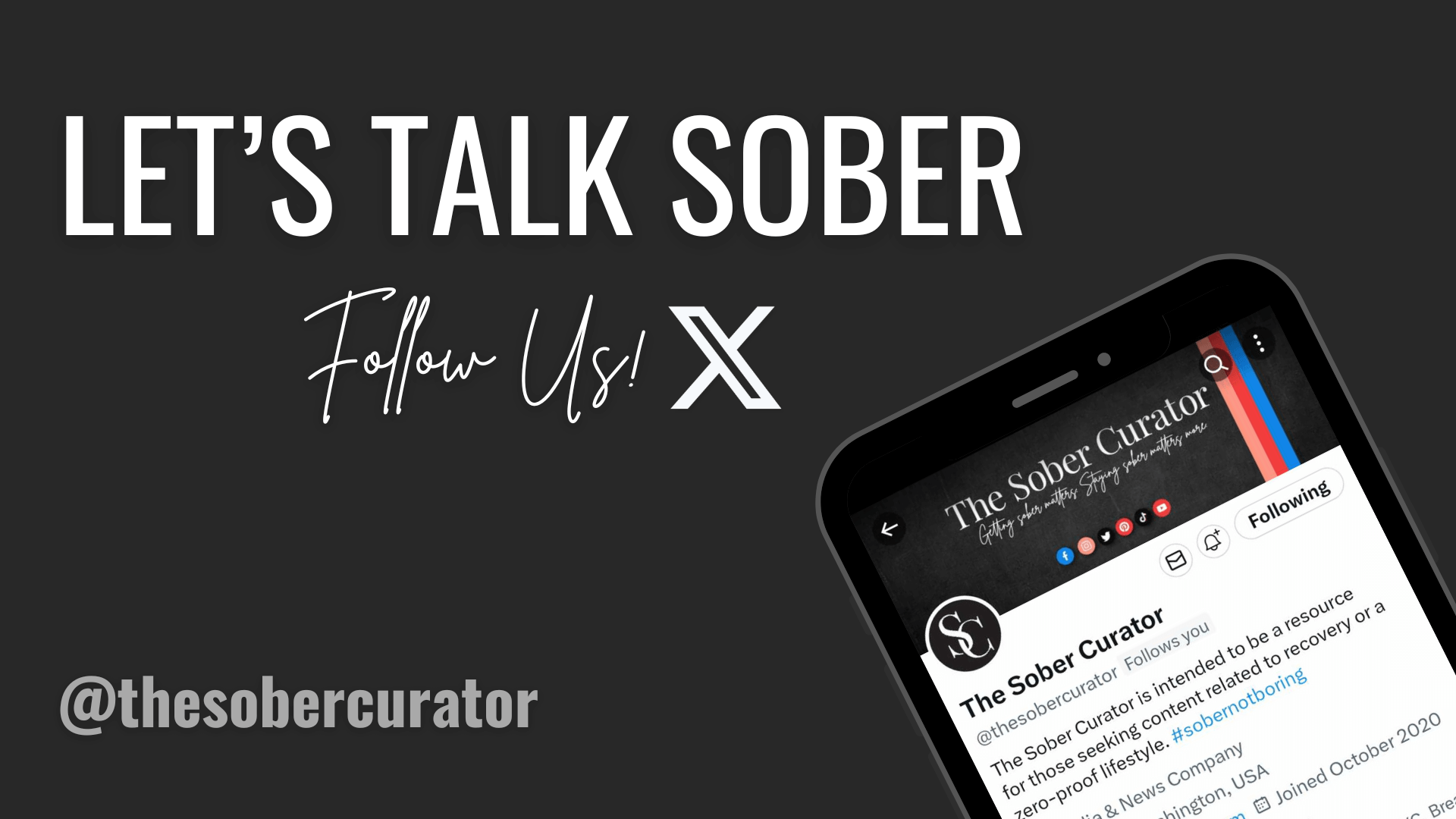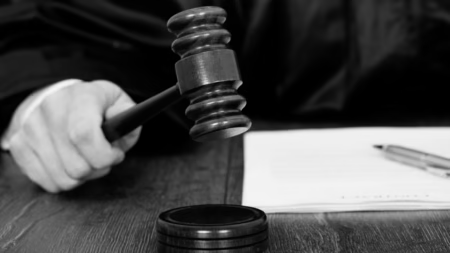
Classy Problems is a daily post of thinking in motion by Dan T. Rogers. Each post stands alone as a thought-provoking piece, yet together, they create a puzzle of ideas. They invite you to see things from a different angle, rethink what you thought you knew, and explore what’s beyond your current understanding.
Classy isn’t just a read: it’s a practice. Read, listen, and join us for Classy Problems Live, a 15-minute, live virtual conversation held Monday through Thursday at 12:15p PT, where we gather to reflect on the Classy Problems post of the day. No need to prep. Just connect, explore, and reflect.

Quitting or Stopping
I’ve convinced myself I’m being realistic.
Pulling the plug.
Reading the signs.
Moving on.
I called it stopping.
It’s quitting.
I couldn’t see the loop.
Didn’t notice I’d slipped into escape mode.
Tired.
Frustrated.
Tired and frustrated.
Unclear on what “finished” meant.
Leaving a project midstream
because it didn’t feel worth it anymore.
I never defined “worth it” in the first place.
This loop has a signature:
Avoidance in the form of decisiveness.
Uncertainty masked as clarity.
What helps me determine the difference is asking:
Did I meet the requirement to stop?
Or am I bailing because I never defined “done”?
Stopping closes a loop.
Quitting leaves one open.

Systems Don’t Solve Like Problems
When what’s needed is a conversation about the system behind the stuckness.
This loop has a signature:
Persistence without clarity.
Movement without change.
What helps me see it is asking:
What system is this serving?
What belief is this repeating?
Systems don’t solve like problems.
They don’t break.
They reveal what’s already been built.
Every system is perfectly designed
to produce the results it is currently producing.
Whether I like it or not.
Whether I am aware of it or not.

Vision, Intent, Action
I act with conviction.
I’m building. Shipping. Disrupting.
It feels like creativity.
Looks like momentum.
It’s only movement.
Without vision. Without alignment.
I think it’s productive.
It’s reactive.
I didn’t see that my intent had drifted
from my vision.
Distracted in my action.
I didn’t have alignment.
That’s the difference
between rebellion and restoration.
Between graffiti as vandalism and graffiti as art.
Between being disruptive and being disoriented.
Like launching something new
before revisiting what it was supposed to do.
Action outpacing vision.
Intent distorted by urgency.
What helps me find alignment,
slowing down enough to reconnect:
What was the vision?
What’s the intent?
Does this action intersect with both?
Alignment is the intersection of
the imagined, the meant, and the done.

Constructing Done
I’m excited.
I’m committed.
When really,
I’m interested.
Then it gets hard.
Or it gets slow.
Or I can’t sense any progress.
Then I start looking for the exit.
I justify it.
I spiritualize it.
I call it “trusting my gut.”
It’s not trust.
It’s avoidance framed as intuition.
I couldn’t see the loop.
Wasn’t aware I’d never defined what done looked like.
I knew how to start.
I didn’t know how to finish.
This pattern shows up when my energy drifts.
When I slide into effort without intention.
When forward motion feels like wandering.
That’s not burnout.
That’s misalignment.
Like rewriting a post five times.
Maybe this post,
instead of deciding what finished looks like once.
This loop has a signature:
Effort without orientation.
Movement without meaning.
What helps me define good enuf is asking:
What exactly does done look like here?
What’s the clear requirement to stop?
What signal tells me it’s fulfilled?
Starting is easy.
Finishing takes clarity.
Clarity isn’t found. It’s constructed.

Beliefs. Values. Actions.
For the last couple of years,
we’ve been building a living dictionary to define
the language of The Sidekick Way.
Until recently, we hadn’t felt the need
to define culture.
But a pre-panel conversation this week
pushed it to the
‘it’s indicated’ list.
“Is effective culture in 2025 fundamentally
a people strategy,
a performance lever,
or something else altogether?”
The question framed the tension clearly:
- Culture theater and performative perks aren’t cutting it.
- Employees are asking for more—development, balance, meaning.
- Leaders are feeling pulled—toward performance, scale, and exponential growth.
- These needs can feel like they’re in conflict.
The conversation had me sharpening
what we at Classy Problems and
in The Sidekick Way
believe to be true.
We did what we do:
- We got opinionated.
- We put things in sequence.
- We told the truth.
Even when it meant admitting
we hadn’t defined something essential.
We started with this:
Culture is the emotional lagging indicator
of misaligned design.
It was honest. But incomplete.
It framed culture as a symptom,
not as an expression.
We kept going:
Culture is the signal of how well
a company’s structures, incentives, and defaults
align with its power patterns, goals, and objectives.
Closer. But heavy.
Too diagnostic.
Not quite livable.
Then we landed on:
Culture is the byproduct of a company’s design,
reflecting its beliefs, values, and actions.
It’s how you find out what the system
prioritizes, protects, and rewards.
Whether those truths are
safe to trust or safe to perform.
It’s not what’s written in the handbook.
It’s what gets rewarded in the hallway.
It’s who gets protected when things go sideways.
It’s what you’re allowed to not say out loud.
We don’t believe there’s one ‘right’ culture.
We do believe effective ones are:
- Transparent
- Consistent
- Well-articulated
They give contributors to that system
the information they need to decide how,
or if, they want to engage.
That said, at Classy Problems and in The Sidekick Way,
we prefer cultures designed to make work
more human and more effective.
We believe trust and clarity shouldn’t be rare.
We believe culture doesn’t change by intention.
It changes by design.
Was a little surprised when I was asked to be on the panel.
I think this post explains my response:
Sure. On one condition.
I reserve the right
to learn more
than anyone in attendance.

Signal or Noise
There are times I convince myself
I need more information.
One more input.
One more meeting.
One more loop around the problem.
I call it research.
It’s reassurance.
I can’t see the loop,
From inside it.
I didn’t sense the stall.
I kept gathering.
Kept asking.
Kept tweaking.
I am avoiding decision.
Like forwarding a presentation for “quick feedback”
when what I need is to commit.
This loop has a signature:
Motion instead of commitment.
Activity instead of alignment.
What helps me construct clarity is asking:
Is this signal or noise?
Is this new information or old fear?
Is this aligned input or a delay tactic?
Clarity doesn’t shout.
It whispers.
When I stop chasing certainty,
the clarity signal can catch me.

I Don’t Mean Golf
I was reluctant to watch it.
Everybody seemed to be talking about it.
Another press conference clip.
Another vulnerable moment gone viral.
Someone I trust sent it.
I’m glad they did.
I am not sure what other people saw.
What I saw was impact.
A person who by every visible measure is succeeding,
caught in a moment where none of it felt like enough.
They weren’t melting down.
They weren’t performing.
They were trying to explain something
you only understand if you’ve felt it:
“I worked my whole life for this…
so why does it feel like this?”
I don’t know what he was carrying when he said it.
I know I’ve carried something like it too.
Not on a stage that big.
Not with that level of accomplishment.
On my level, I know what it’s like to wake up
in a life you built, a life that works, and wonder:
Isn’t it supposed to be better than this?
Everything I can measure is better than before.
Way better, but that feeling…not so much.
I can’t hit a golf ball to save my life.
I do know what it’s like to be hit by lightning.
To realize the version of success you were chasing
might have outgrown its meaning.
I know the ache of asking:
Maybe it’s the wrong game.
I don’t mean golf.
Want more from us? OPT IN to our daily email and join our Classy Problems community. It’s where we abandon certainty in the pursuit of clarity, one interaction at a time.

Classy Problems is a daily post of thinking in motion by Dan T. Rogers. Each post stands alone as a thought-provoking piece, yet together, they create a puzzle of ideas. They invite you to see things from a different angle, rethink what you thought you knew, and explore what’s beyond your current understanding.
What is a classy problem? A classy problem is when we’ve been afforded the opportunity to figure out what to do. Time to figure it out. Time to practice. Time to discern. When faced with the time to figure out a classy problem, it is more effective to focus on what NOT to do than trying to figure out what to do. In a word: restraint. JOIN US in exploring the distinction between what to do and what not to do in the pursuit of clarity.


THE INTENTIONAL COURSE: Explore our upcoming virtual courses held every week and choose the path that resonates most with your journey. Each session provides a supportive space to reflect, learn, and develop alongside a like-minded community.
Through facilitated sessions, participants focus on one concept at a time, allowing for flexible implementation and deeper learning. The Intentional Course fosters a supportive community where participation is key and offers valuable interactions through small group discussion for shared experiences enhancing comprehension and personal development. This course is offered for fun and for free with no strings attached.

SPIRITUAL GANGSTER: at The Sober Curator is a haven for those embracing sobriety with a healthy dose of spiritual sass. This space invites you to dive into meditation, astrology, intentional living, philosophy, and personal reflection—all while keeping your feet (and your sobriety) firmly on the ground. Whether you’re exploring new spiritual practices or deepening an existing one, Spiritual Gangster offers inspiration, insight, and a community that blends mindful living with alcohol-free fun.
Spiritual Gangster Line-up:
Stoicism & Sobriety – Ancient Philosophy for Modern Recovery with Sober Curator Contributors Derek Castleman and Tony Harte
The Card Divo – Quick & Sober Tarot Readings with Sober Curator Contributor Senior Daniel G. Garza
Classy Problems – Clarity, Restraint & Mindful Decision-Making with Senior Sober Curator Contributor Dan T. Rogers
SoberCast with Six – Astrology & Tarot for the Sober Life with Senior Sober Curator Contributor Analisa Six
Sobriety in Flow – Yoga Beyond the Poses with Senior Travel Sober Curator Contributor Teresa Bergen
Thirsty for Wonder – Recovery Coaching & Spiritual Companionship with Sober Curator Contributor Anne Marie Cribben
Spiritual Substance – Mindfulness, Science & Soul with Senior Sober Curator Contributor Lane Kennedy

SOBERSCRIBE NOW!
Resources Are Available
If you or someone you know is experiencing difficulties surrounding alcoholism, addiction, or mental illness, please reach out and ask for help. People everywhere can and want to help; you just have to know where to look. And continue to look until you find what works for you. Click here for a list of regional and national resources.

Follow The Sober Curator on X, the artist formerly known as Twitter





